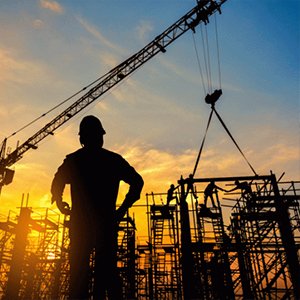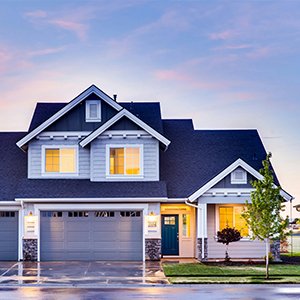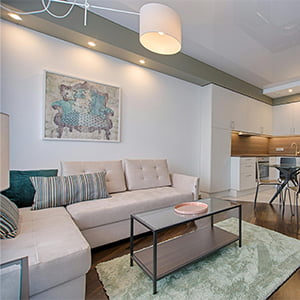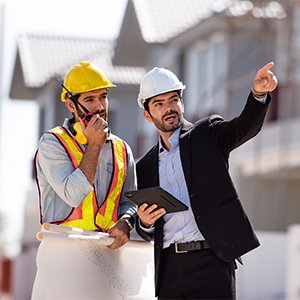
Grey Structure vs Finishing – Where Should You Spend More in 2025?
June 17, 2025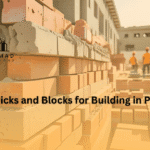
Best Bricks and Blocks for Building in Pakistan – Pros & Cons
June 30, 2025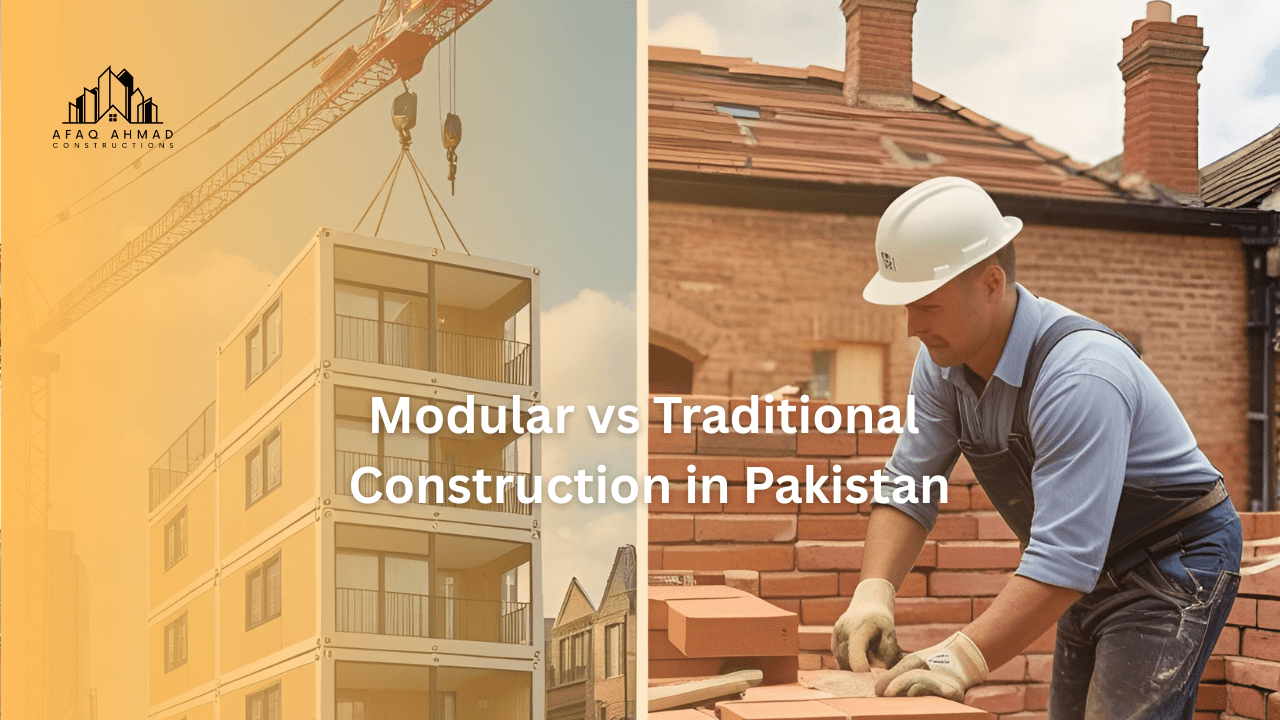
As the day winds down in Lahore, the construction industry in Pakistan is at a crossroads, with homeowners weighing modular versus traditional methods for their dream homes. With a projected real estate growth rate of over 5% annually from 2025 to 2028, driven by areas like DHA Lahore, Bahria Town, and Lahore Smart City, the demand for efficient and affordable building solutions is surging. At Afaq Ahmad Constructions, we’ve explored how these methods impact timelines and costs, especially for a 10 Marla home. This blog compares modular vs traditional construction in Pakistan, analyzing speed, cost-effectiveness, and suitability for Lahore’s unique market in 2025.
Understanding Modular Vs Traditional Construction
- Modular Construction: Involves pre-fabricated modules built off-site in a controlled environment, then assembled on-site. This method leverages advanced techniques like 3D printing and prefabrication, gaining traction globally and in Pakistan.
- Traditional Construction: Relies on on-site building using bricks, concrete, and steel, following conventional methods. It’s the dominant approach in Lahore, shaping homes from grey structures to finishes, as outlined in our timeline blog.
In 2025, with rising material costs and regulatory updates like the Green Building Code 2023, choosing the right method is critical. Let’s break down the comparison.
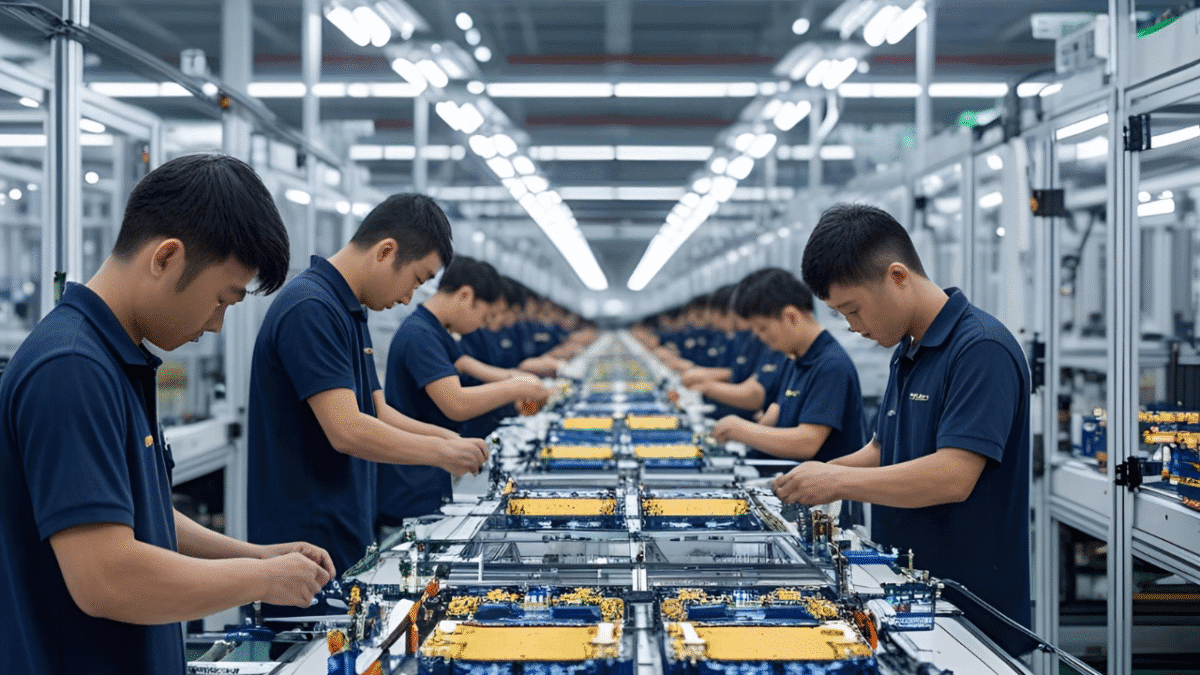
Speed: Which Method Is Faster?
Modular Construction
- Process: Modules (e.g., walls, floors) are manufactured simultaneously with site preparation, reducing overlap. Assembly on-site takes 30-50% less time than traditional builds.
- Timeline for 10 Marla Home: A 2,722 sq ft home in Lahore Smart City can be completed in 20-24 weeks—8-12 weeks for module production and 12 weeks for site work (foundation, assembly, finishing).
- Advantages: Weather delays are minimized since most work occurs indoors. Our timeline blog highlights how this cuts monsoon disruptions (July-August) by 2-4 weeks.
- Challenges: Transportation of large modules to sites like DHA Lahore can face logistical issues, adding 1-2 weeks if roads are congested.
Traditional Construction
- Process: Sequential phases—foundation (4 weeks), grey structure (12 weeks), and finishing (12 weeks)—total 36 weeks for a 10 Marla home, as detailed in our ultimate timeline blog.
- Timeline for 10 Marla Home: Typically 32-36 weeks, with potential extensions due to rain or labor strikes, common in 2025.
- Advantages: Flexibility to adjust designs mid-project, ideal for custom homes in Bahria Orchard.
- Challenges: On-site work is vulnerable to Lahore’s 40°C heat and monsoons, delaying progress by 2-4 weeks.
Verdict
Modular construction is faster, saving 8-12 weeks (22-33%) compared to traditional methods, making it ideal for time-sensitive projects in Lahore’s booming market.
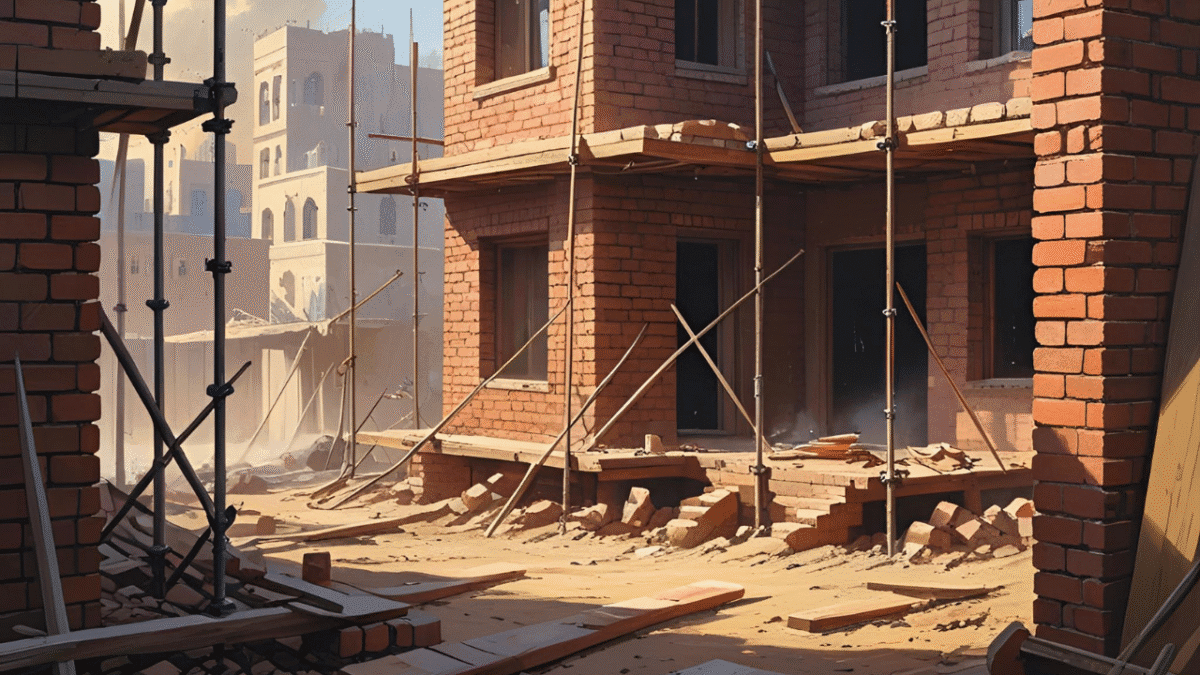
Cost-Effectiveness: Which Method Saves More?
Modular Construction
- Initial Costs: Higher upfront due to specialized equipment and factory setup. For a 10 Marla home, grey structure costs PKR 6.8-7.6 million (PKR 2,500-2,800/sq ft), with modular premiums adding 10-15% (PKR 0.7-1.1 million). Finishing (PKR 9.5-11.7 million at PKR 3,500-4,300/sq ft) remains similar.
- Total Cost: PKR 17-20.4 million, including a PKR 200,000-300,000 transport fee.
- Savings: Reduced labor (PKR 400-500/sq ft vs. PKR 450/day) and material waste (10-15% less) save PKR 1-1.5 million. Faster completion avoids inflation hits (e.g., cement up 5% to PKR 1,060/bag).
- Long-Term Benefits: Energy-efficient modules (e.g., insulated walls) cut utility bills by PKR 30,000-50,000 yearly, aligning with Green Building Code 2023.
Traditional Construction
- Initial Costs: Lower upfront at PKR 16.3-19.3 million for a 10 Marla home (grey PKR 6.8-7.6 million, finishing PKR 9.5-11.7 million), using locally sourced materials like Ravi sand.
- Total Cost: Can rise to PKR 18-21 million with delays, repairs (PKR 500,000-1 million), and fines for non-compliance (up to PKR 500,000), as noted in our regulations blog.
- Savings: Cheaper for small-scale or custom projects, with flexibility to negotiate bulk deals (e.g., Maple Leaf Cement).
- Long-Term Costs: Substandard materials may require PKR 1-2 million in maintenance over 5 years, especially in Lahore’s seismic zones.
Verdict
Modular construction is more cost-effective long-term, saving PKR 1-2 million over 5-10 years, despite a higher initial investment. Traditional methods suit tight budgets but risk higher maintenance costs.
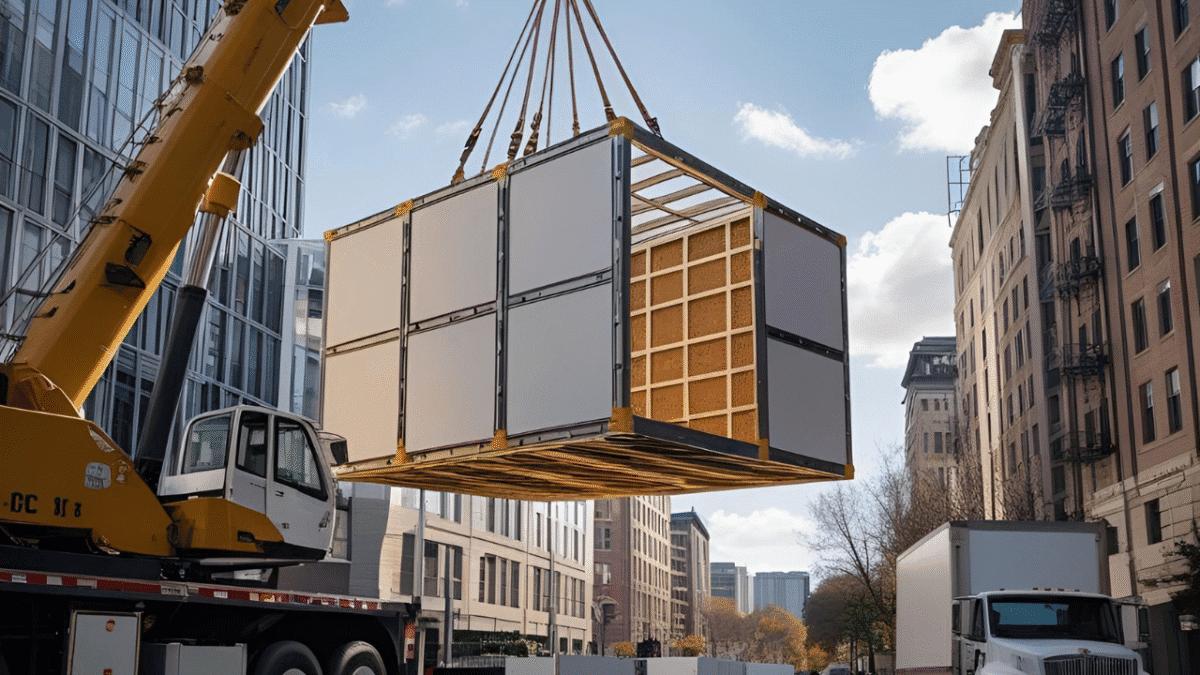
Quality and Durability
Modular Construction
- Quality Control: Factory production ensures consistent standards, using pre-tested materials like Grade 60 steel, reducing defects by 20-30%, a focus in our quality assurance blog.
- Durability: Modules with moisture-resistant panels and seismic reinforcements meet PBC 2021 standards, ideal for Lahore’s climate and seismic zones.
- Limitations: Joints between modules may weaken over time if not sealed properly, requiring PKR 50,000-100,000 in maintenance every 10 years.
Traditional Construction
- Quality Control: On-site variables (e.g., labor skill, weather) can lead to inconsistencies, as seen in our soil testing discussions. Quality depends on oversight by firms like Afaq Ahmad Constructions.
- Durability: High-quality concrete and bricks, if used, last decades, supporting colonial bungalows in Model Town (our bungalow image). However, poor materials risk cracks or leaks.
- Limitations: Exposure to elements during construction can compromise longevity, costing PKR 1 million in repairs.
Verdict
Modular offers superior quality control and durability, while traditional relies on expert management to achieve similar results.
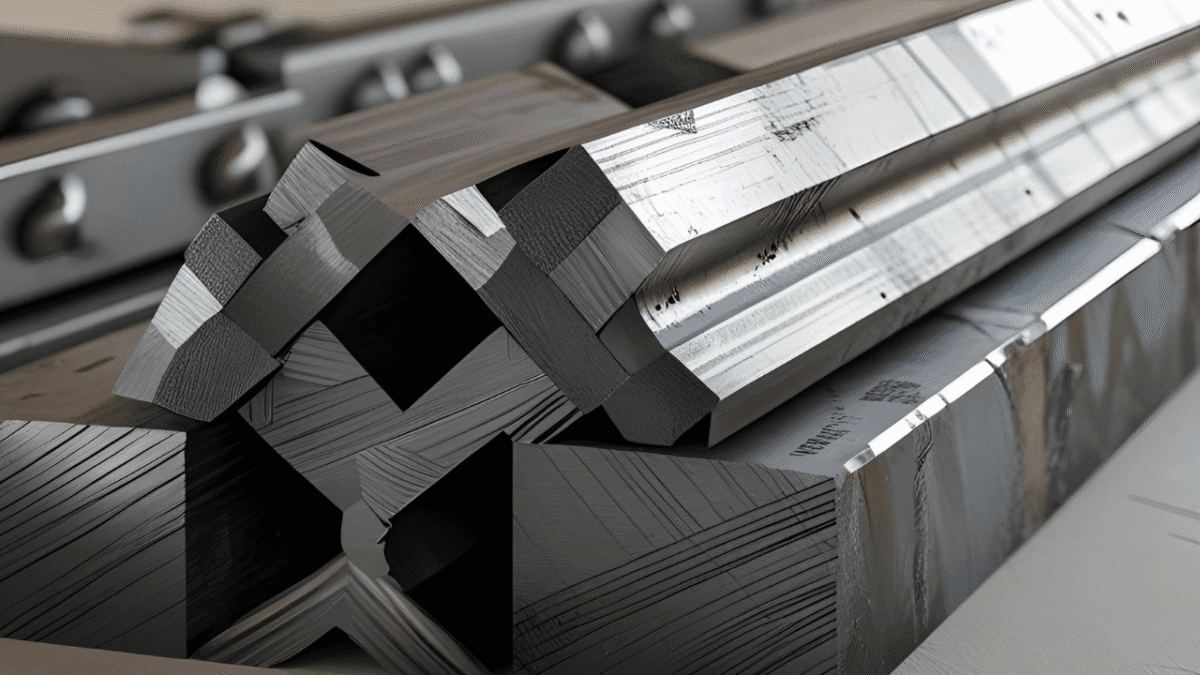
Suitability for Lahore’s Market
- Modular Construction: Best for urban areas like Lahore Smart City and DHA Phase V, where speed and modern designs (e.g., smart homes from our trends blog) attract buyers. Limited by land size and transport logistics.
- Traditional Construction: Ideal for established societies like Bahria Orchard and Model Town, where custom designs and local materials cater to heritage preferences (our villa image).
2025 Market Fit
With Lahore’s 10 million-unit housing deficit, modular construction meets rapid demand, while traditional methods suit personalized, high-value projects in premium areas.
Challenges and Solutions
- Modular: High initial costs and logistics. Solution: Government subsidies (e.g., Naya Pakistan Housing Program) and local module factories.
- Traditional: Delays and labor issues. Solution: Phased scheduling and quality materials, as we’ve emphasized.
- Both: Regulatory compliance. Solution: Adhere to PBC and Green Building Code with expert guidance.
Visualizing the Comparison
Picture a 10 Marla home in Bahria Town, its modular walls assembled in 20 weeks, featuring heat-resistant roofing (our roofing image) and smart systems. Contrast this with a traditional build in DHA Lahore (our villa image), taking 36 weeks with custom teak wood finishes. Both, when executed by Afaq Ahmad Constructions, reflect 2025’s innovation and tradition.
The Role of Afaq Ahmad Constructions
At Afaq Ahmad Constructions, we excel in both methods:
- Modular Expertise: We manage factory production and on-site assembly, ensuring speed and quality.
- Traditional Mastery: We oversee every phase, from soil testing to finishing, meeting PBC standards.
- Cost Optimization: We balance budgets, leveraging local materials and smart planning.
Visit https://afaqahmadconstructions.com/ to choose your method!
Conclusion
In 2025, modular construction in Pakistan outpaces traditional methods in speed (20-24 vs. 32-36 weeks) and long-term cost-effectiveness (PKR 1-2 million savings), ideal for Lahore’s growing market. Traditional construction suits custom, budget-conscious projects but risks delays and maintenance. Whether you opt for a modular smart home in Lahore Smart City or a traditional villa in DHA, Afaq Ahmad Constructions ensures success. Contact us today to start building efficiently and affordably!

